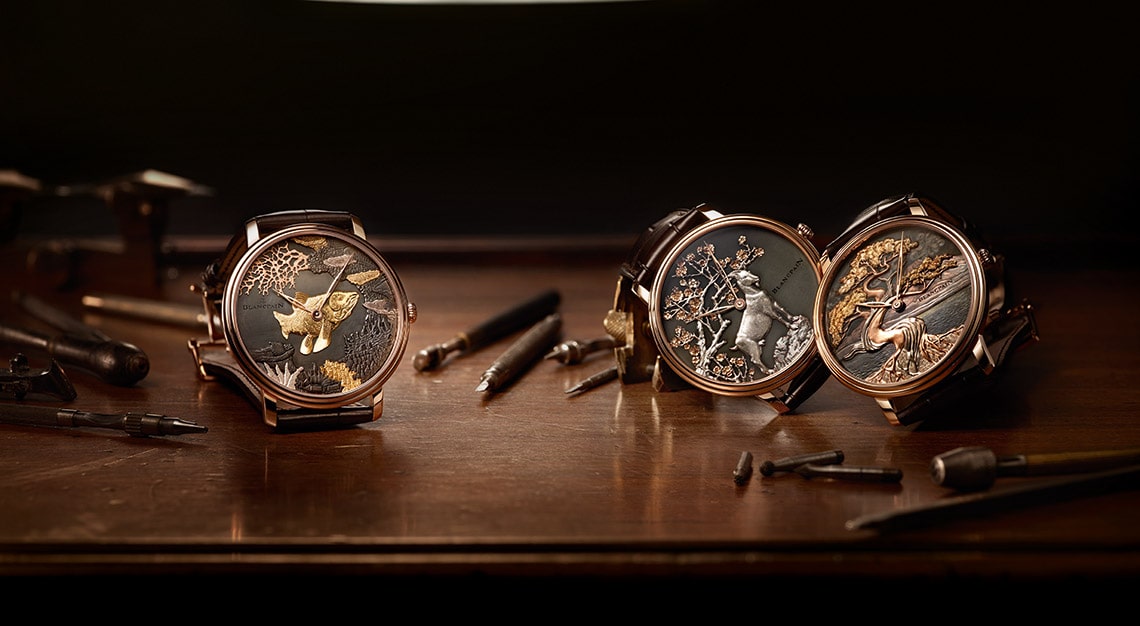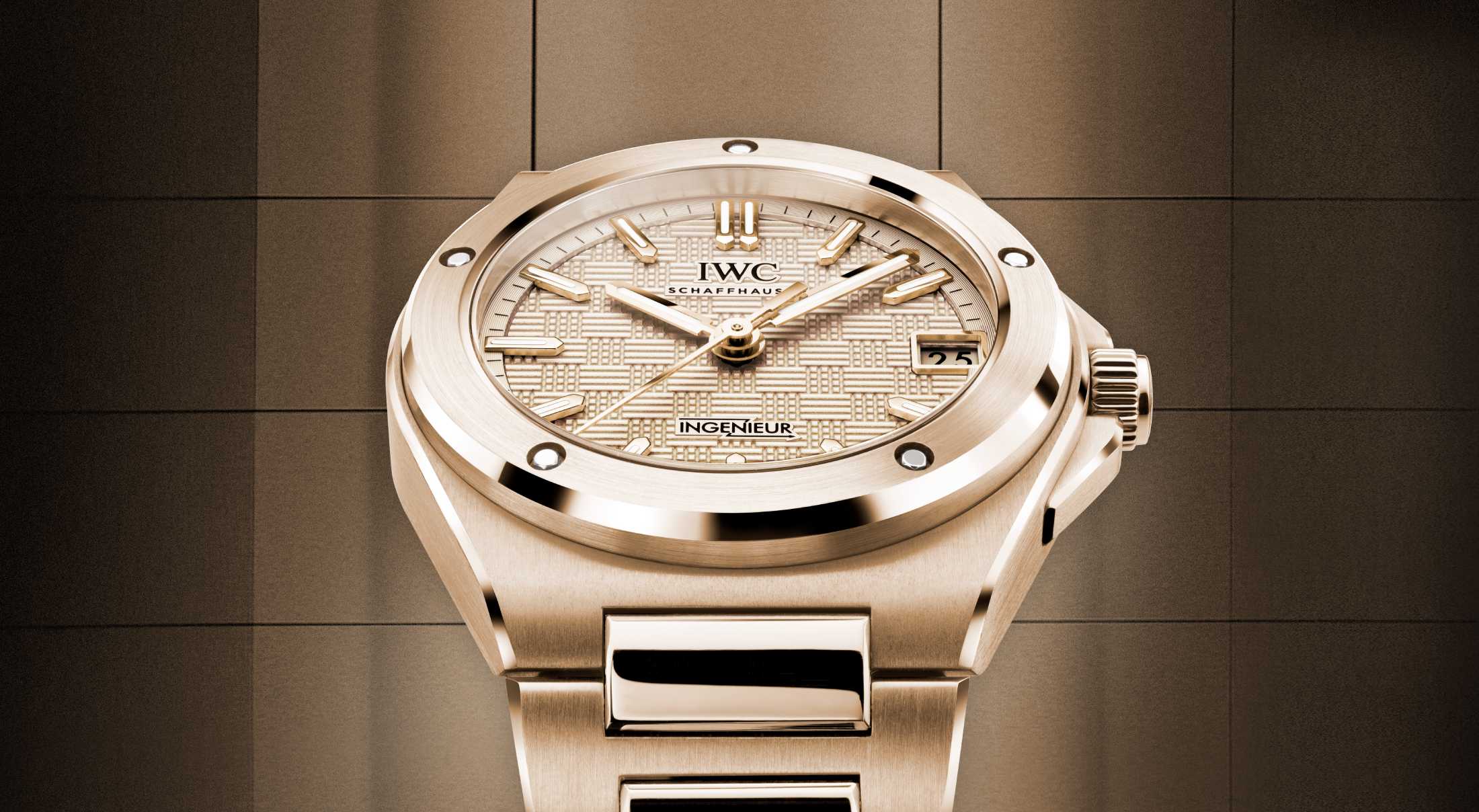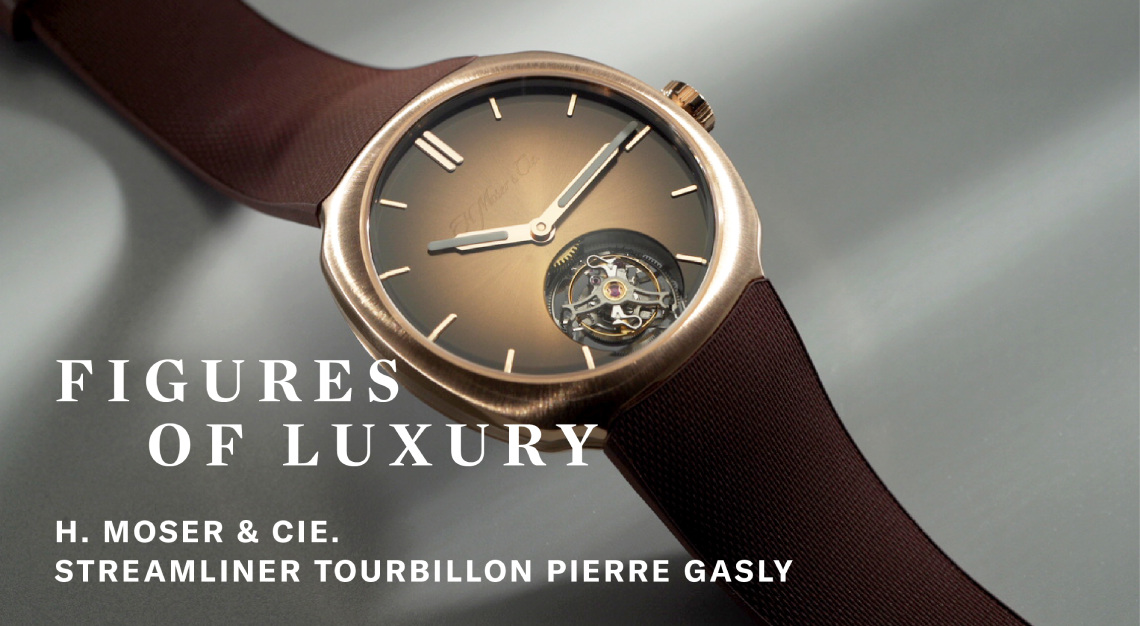We speak to artist Felipe Pantone about the Defy Skyline Tourbillon, his latest collaboration with Zenith
When we heard that artist Felipe Pantone and Zenith were working on their fourth timepiece together, we knew it wouldn’t be a simple design exercise. Those familiar with Pantone’s work will attest to the artist’s bold use of colour, movement, and light to create art that immediately arrests the eye.
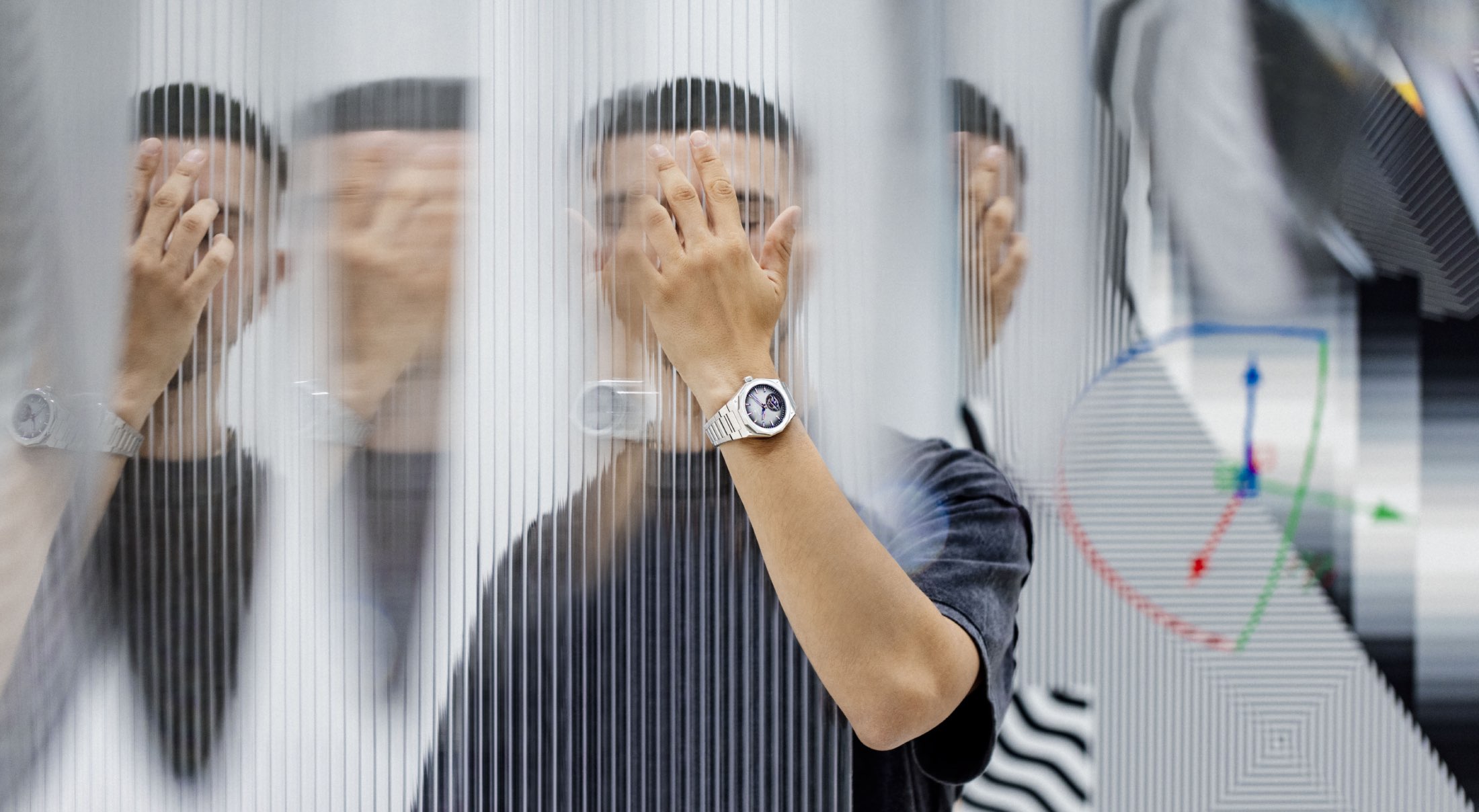
One only needs to look at the Defy 21 Double Tourbillon Felipe Pantone that was specially made for the charity auction Only Watch in 2021. The one-of-a-kind timepiece, which went under the hammer for 480,000 Swiss francs, was rendered in true Pantone style, characterised by bold and almost psychedelic colour gradients and dynamic optical illusions.
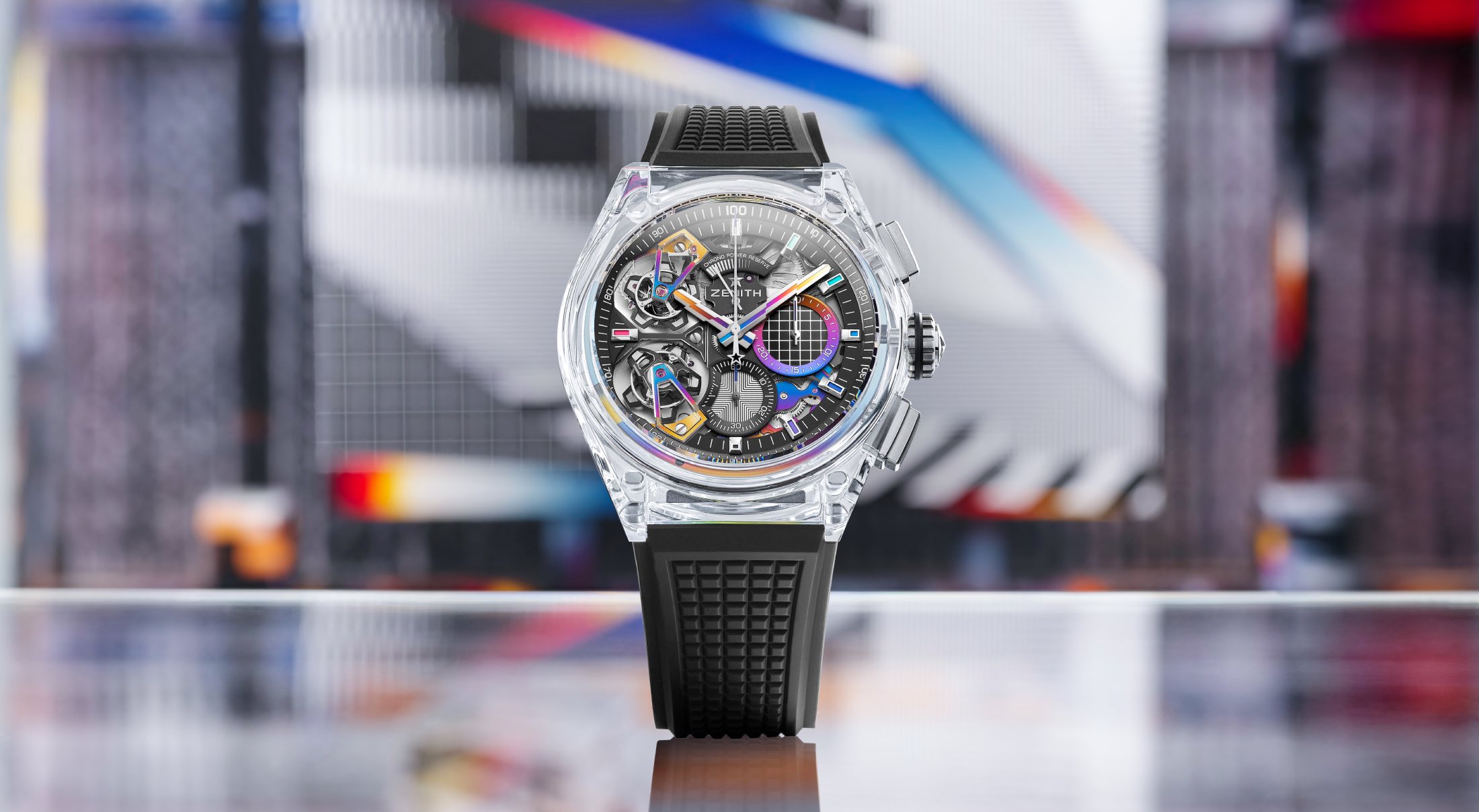
This year’s Defy Skyline Tourbillon Felipe Pantone—limited to 100 pieces—has all the hallmarks of his work, albeit dashed with a hint of refined subtlety. Don’t get us wrong; the 41mm timepiece, with its iridescent, sapphire-disk dial and lightning bolt-shaped tourbillon, is still indisputably a Pantone creation.
Paired with the sleek and angular Defy Skyline case, however, the timepiece possesses a wearable, understated silhouette that’s deftly juxtaposed by the sheen of its metallic dial, finished in a gradient of rainbow tones.
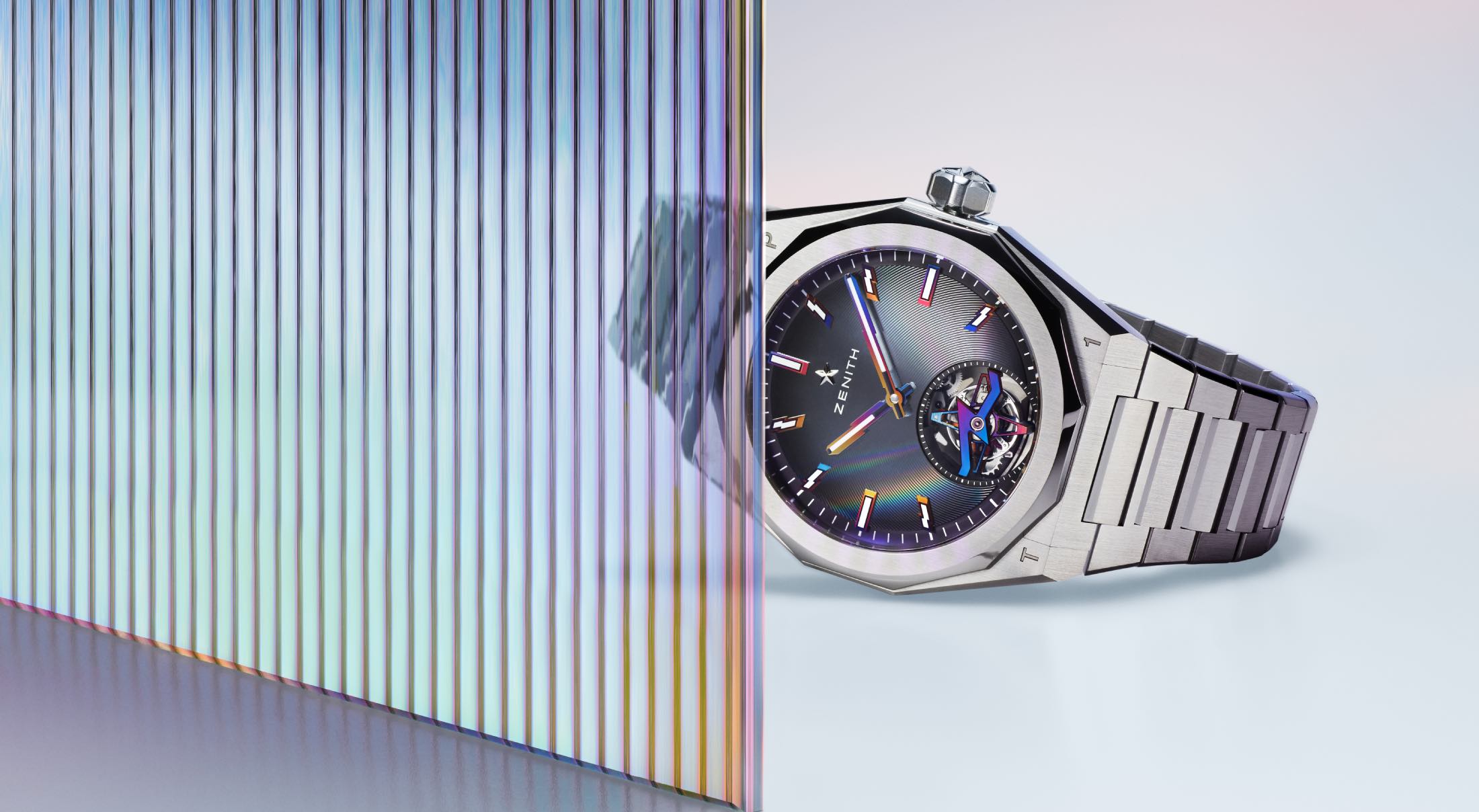
Pantone calls the watch, which is powered by the El Primero 3630 movement with a 60-hour power reserve, “a complete piece of art.” And while we’d happily explain why, we’ll let the artist speak for himself.
How does this timepiece differ from your previous work with Zenith?
While the previous watches had a skeletonised look, the fuller dial of the DEFY Skyline Tourbillon gave me the opportunity to create a more immersive experience. The watch feels more like a complete piece of art, where every element, from the lightning bolt bridge to the iridescent dial, works together as one visual statement.
This watch features a tourbillon bridge in the shape of a lightning bolt—a symbol which appears often in your work. Could you tell us more about what this symbol means to you?
The lightning bolt presents raw energy, speed, and power. It’s a visual metaphor for the force that drives both technology and nature, and it connects to my fascination with movement and transformation.
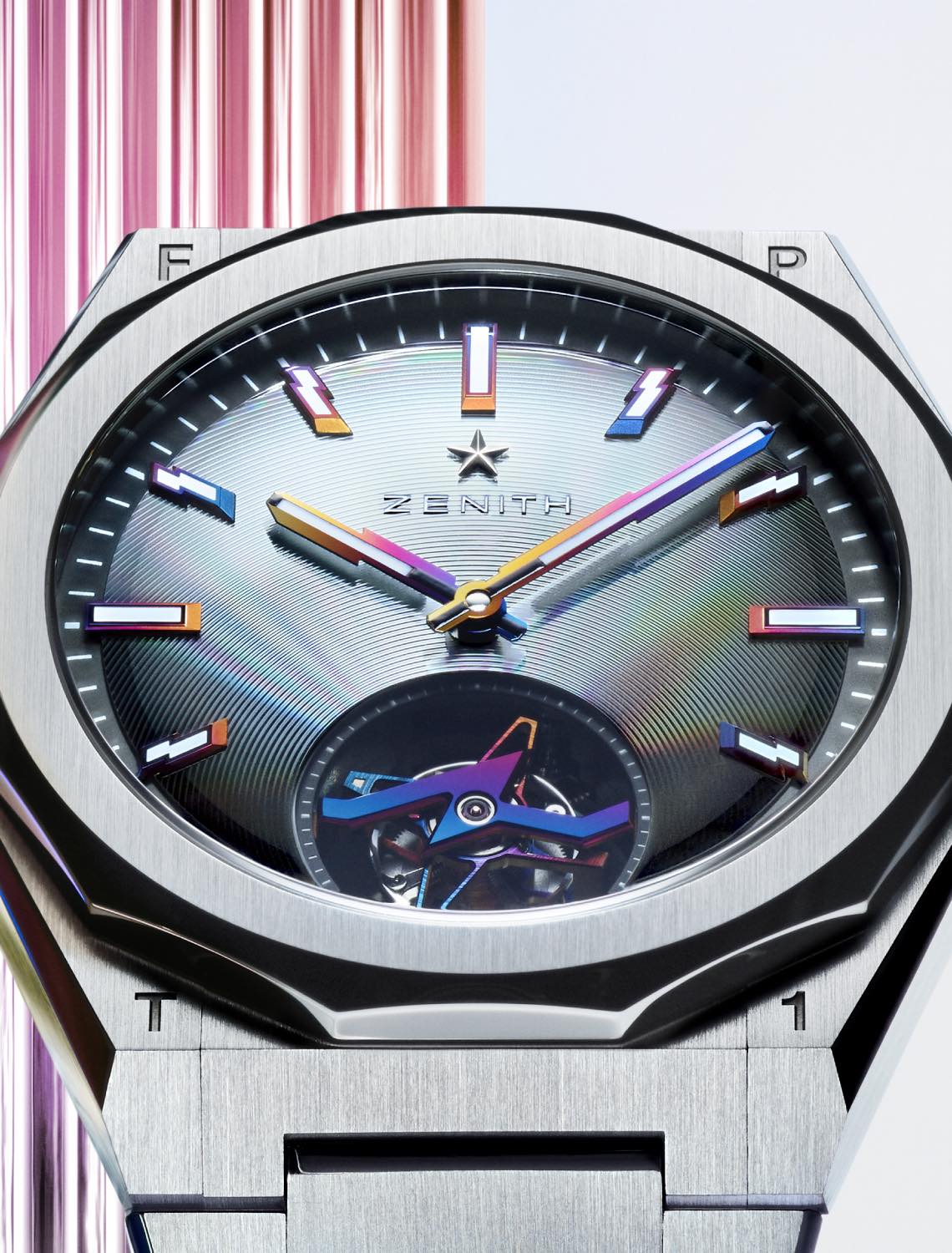
How do you balance your personal artistic vision with the technical requirements of haute horlogerie?
It’s about finding the sweet spot where creativity and precision coexist. I approach it as a dialogue between art and mechanics, where each informs the other.
How does your creative process differ when working on watches, as compared to large-scale installations?
The biggest difference is scale. With large-scale installations, I’m thinking about how the viewer interacts with the space, how they move through it, and how the light shifts at different angles. With a watch, the canvas is much smaller, so every detail has to be perfect. It’s about distilling my ideas down to their essence, without losing the sense of energy and movement that defines my work.
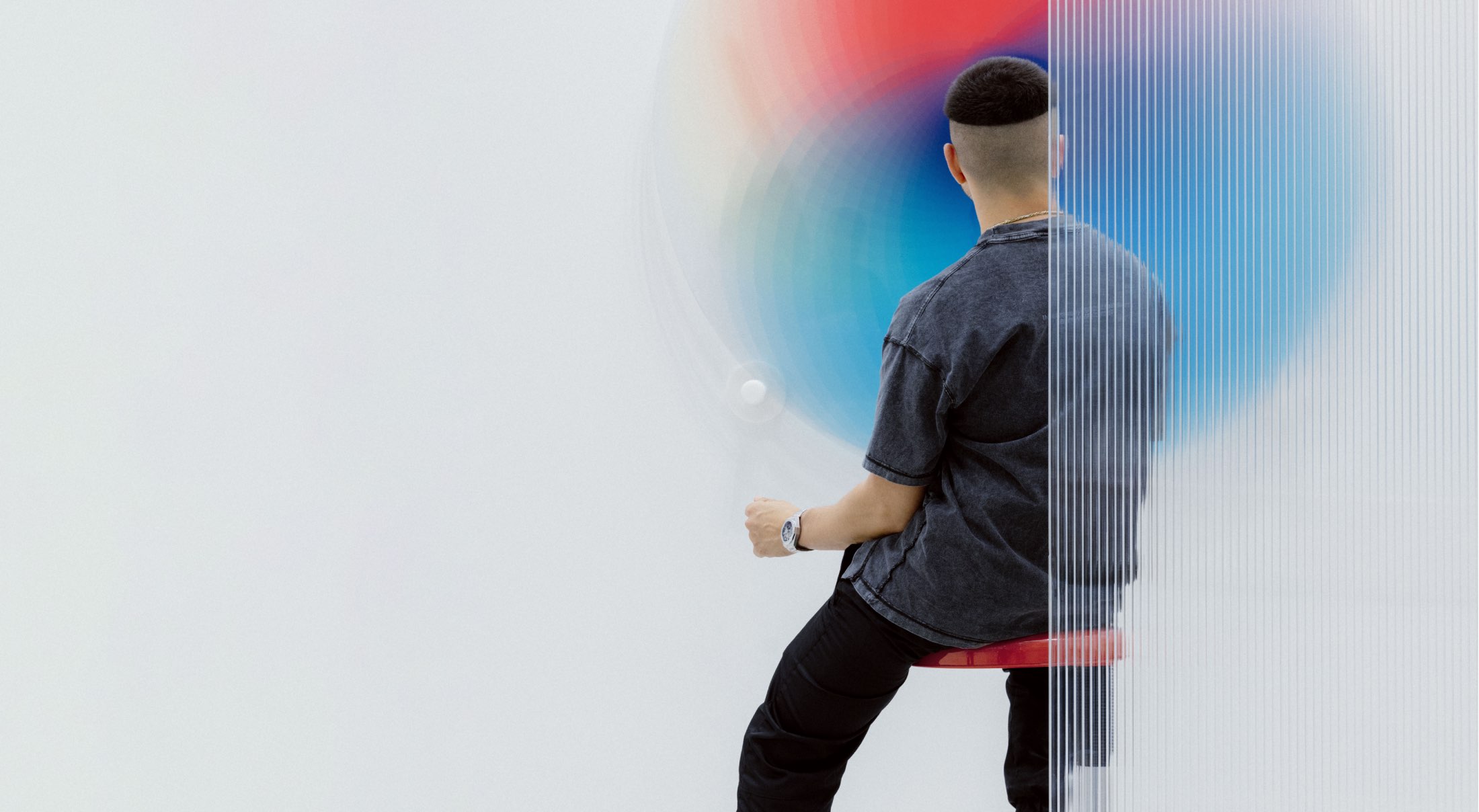
Who are your biggest heroes or influences both within and outside the world of art?
In the art world, I can think of Futura 2000, Carlos Cruz-Diez, Julio Le Parc, Olafur Eliasson, to name a few. As for influences outside the art world—of course, there are plenty—but I wouldn’t dare mention anyone outside of the art sphere as my heroes. My admiration remains firmly within the realm of artistic innovation.
When embarking on a new project, what are some core principles you always adhere to?
I adhere to the idea of pushing boundaries—whether that’s through the use of materials, form, or colour. I always aim to challenge the viewer’s perception and create a sense of movement, even if the work itself is static. And I always desire to evoke emotion and create an immersive experience that leaves a lasting impression.
What are some key lessons you learned early on in your artistic journey that helped shape you into the artist and person you are today?
I’ve always believed in taking risks, and not being afraid to fail. It’s through experimentation that I’ve found new ideas and ways of working that I might not have discovered otherwise.The art world can be challenging, but staying true to your vision and consistently working toward your goals is key.


